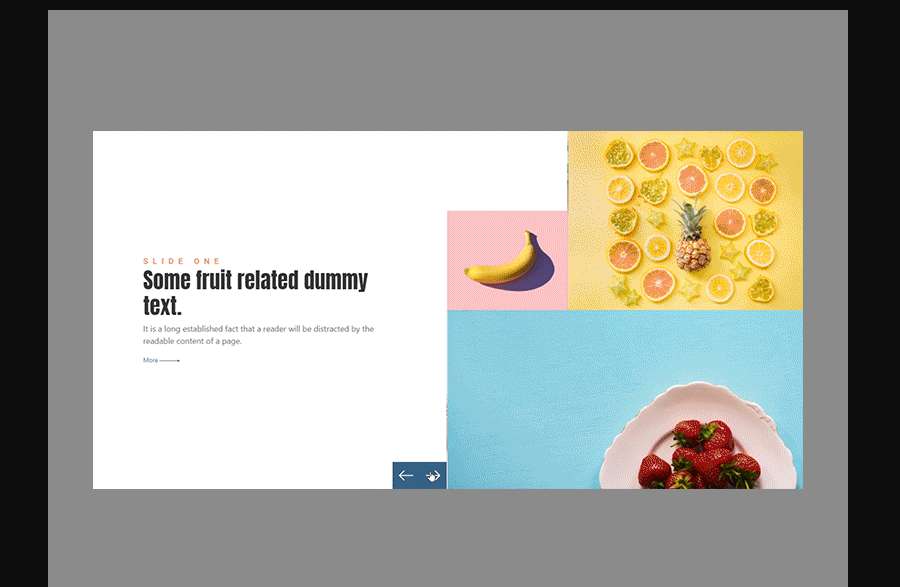

Using a carousel allows all the interested parties to get a piece of the above-the-fold real estate. Third, different departments and managers often want to get their particular message across on the homepage. When companies see their competitors implementing carousels on their websites, they assume that it must be working for them, so they follow suit. Second, there’s also an “everyone is doing it” mentality surrounding carousels. It’s the whole, “More is better,” mentality. The companies believe that customers will see one of the products highlighted in the carousel and be moved to purchase it. So why do major ecommerce brands use carousels if they perform so poorly? There are three relatively simple reasons that can explain it.įirst and foremost, they believe that showing off more products will lead to more conversions. Auto-rotating image carousels: This type of carousel automatically cycles between images without any prompting from the user.In other words, you need to click on the carousel to get it to move to the next image. Static image carousels: These carousels may feature a number of products but they stay on the first image until manually prompted to move to the next one.There are two common types of carousels that we see ecommerce websites using: In the design community, all three terms are interchangeable and mean essentially the same thing. There’s often confusion around the topic, and they’re called by different names such as “sliders” or “content modules”. What Is An Image Carousel?įirst, let’s make sure we’re on the same page regarding exactly what an ecommerce carousel is. In this Insight, we’ll take a closer look at: So why do they perform so poorly? And what are better alternatives to a carousel? Of course, all these statistics raise a critical question: why are image carousels so ineffective?Īfter all, they seem like an appealing solution for displaying products from visual design perspective. Simply put, if you’re using a carousel, you’re wasting incredibly valuable above-the-fold real estate.

The click-through-rate (CTR) on carousels is abysmally low, with the lion’s share of clicks being gobbled up by the first slide. While it may seem like a good idea to use a carousel, the numbers simply don’t back it up.

The second and third positions receive 18% and 11% fewer clicks. Auto-rotating carousels receive a bit more attention, but again, the first slide dominates, receiving 40% of all clicks. The numbers aren’t much better for “fancy” carousels that rotate on their own. Additionally, 84% of those clicks are on the first slide, meaning all the remaining slides combined receive a paltry 16% of the clicks. In fact, research by Notre Dame showed that a staggeringly low 1% of site visitors click on non-rotating image carousels (carousels that don’t change automatically). Unfortunately, the answer to all of those questions is a resounding, “No.”
Image carousel ui driver#
Surely, the carousel must be a big driver of sales. Surely, the conversion rate on such a carousel must be high. Surely, customers can’t resist such a glorious collection of your latest and greatest. A rotating image carousel placed above the fold on your ecommerce site, highlighting your latest products and deals. On the surface, it seems like a great idea.


 0 kommentar(er)
0 kommentar(er)
